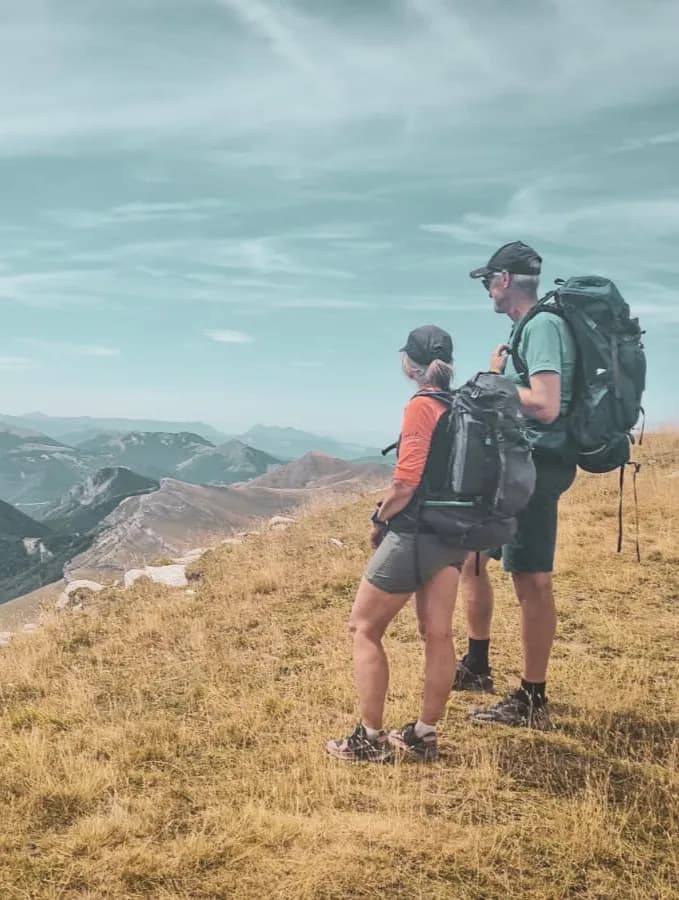What equipment do I need for an ice climbing expedition?
When you go on an ice expedition, it's really important to take the subject of equipment seriously. You have to be able to rely on it at all times. Otherwise, your ice adventure will very quickly become a hazard. To help you prepare for your ice climbing expedition, we've put together an article summarising the essential equipment you need for ice climbing.
Crampons
Crampons are one of the most important pieces of equipment for ice climbing.
To choose the right crampons, you need to know the terrain you are going to be climbing on.
If you are going onto icy terrain, we recommend models with a single front tooth, as they will penetrate the ice more easily and more deeply. However, if you're going over soft ground where there's still a lot of snow, crampons with two front teeth may be more appropriate.
Ice axes
As well as crampons, ice axes are also a major item on the list of equipment to take with you when climbing crystal walls.
An ice axe is a kind of pickaxe with a handle that gives you a good grip. Once you're on the waterfall, you'll use the ice axe to break through the ice with a firm, sure grip to move forward. When it comes to ice axes, we advise you to test them before setting off on your expedition, as not all handles are suitable for all hands.
Climbing helmets
A helmet is a MUST for ice climbing.
It's essential to have a climbing helmet, as it must offer good protection against falling icicles and other hazards. When you buy or hire one, make sure you answer these questions with a "yes":
- Does the helmet fit like a glove on your head?
- Does the helmet still fit well on your head when you're wearing a cap?
- Is the helmet not too flat to fulfil its function as a protective helmet?
A harness
The harness must be perfectly adapted for an ice excursion. It is therefore advisable to test the climbing harness beforehand in full equipment. Bear in mind that all the equipment loops must be easy to reach.
The climbing rope
When it comes to ropes, you have 2 choices:
Single ropes are suitable for most types of ice climbing. We recommend a length of between 50 and 80 metres, which is ideal in most cases. In difficult terrain, double ropes are more of an option.
We advise you to always pay attention to the impregnation of the ropes, as they always suffer a little on glacier terrain. Before climbing, we recommend that you check whether the impregnation is still stable or whether it would be better to use a new rope.
Clothing and extras
As you've already noticed, when you're climbing, you're obviously warmer. But you should never underestimate how cold ice can be. And even less so the chill after making an effort. Don't worry, it's entirely possible to avoid this by simply having the right clothes. We advise you to opt for waterproof clothing (for obvious reasons) as well as technical sportswear.
As well as clothing, we recommend that you take hiking poles, gaiters and avalanche transceiver equipment with you. These will be very useful for approaching the terrain.
Nota Bene: gaiters will not only prevent snow from penetrating but will also protect your legs from damage that can be caused by crampons.
Looking for an introduction to ice climbing?
At the end of January, we're organising an introduction to ice climbing with Wildhartt. For a week, you'll be discovering ice climbing with Jean in the wild Pellice valley in Italy. And the good news is that we'll take care of all the equipment 😀 You'll find all the information about this expedition on this page.






